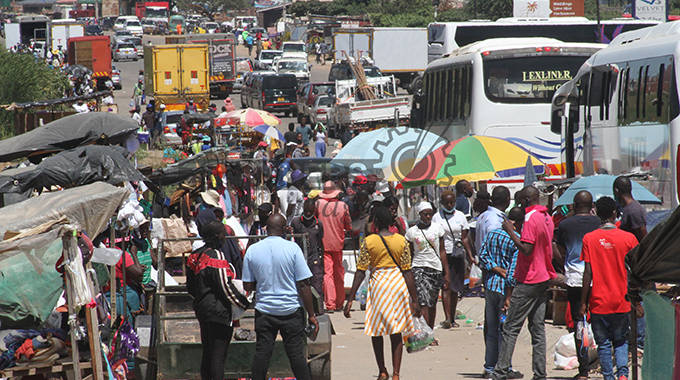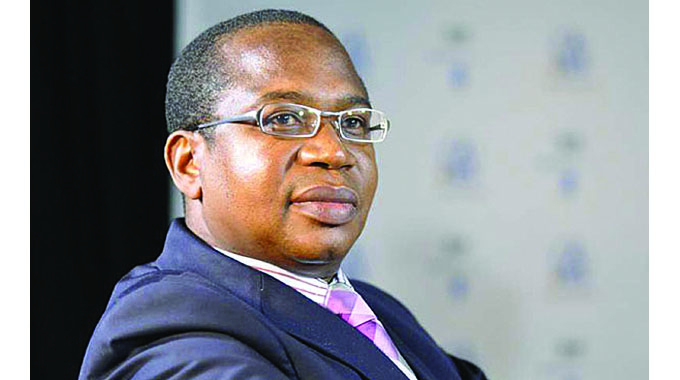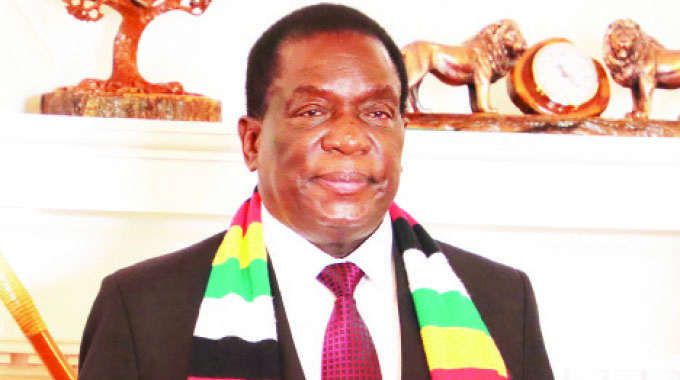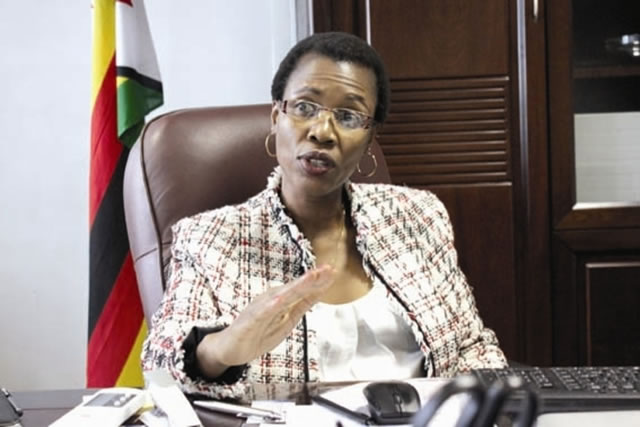EDITORIAL COMMENT: Mbudzi flyover costs show need for planning

The US$85 million loan deal needed to finance the Mbudzi interchange flyover shows the very high cost of such infrastructure and the need to build these only when the traffic is great enough to support the financial cost.
Mbudzi intersection is obviously at this stage with all the cheaper options of traffic lights and a roundabout having been overwhelmed by the growing pressure of local, metropolitan, national and regional traffic.
The Government has been reluctant to borrow money, even for capital projects, but makes an exception when the loan is tied to a source of revenue adequate to service and repay the loan National highway road works, and even some in municipal areas, fall into this group since toll fees and vehicle licence fees are available, so long as there is very heavy traffic.
Mbudzi again falls into this sort of category.
Regrettably, the Second Republic had to wait a bit to move into the big-time spending on this particular piece of advanced infrastructure since it first had to fix Zinara, whose previous management appeared to have done little except manage the incredible achievement of being both inefficient and corrupt.
But once the flow of cash was assured then the only task was the far more pleasant one of deciding how to spend it.
While major road infrastructure of this type sometimes does require property owners to be moved and compensated, it looks as though such costs at Mbudzi will not be horrific.
The illegal squatters on road reserves can obviously be moved, but depending on the final design of the interchange it is probable that some properties in the immediate vicinity might have to be bought out.
However, the laws are fairly clear on what happens in these circumstances with the formulas for setting the level of compensation set out very precisely and the process largely just being one of arithmetic.
Fortunately though the structures in the vicinity are not that expensive, and with a bit of land juggling replacements can be built without looming over the budget.
It would have been useful if Harare City Council had looked into the future when building the original roundabout and recognised that something bigger was almost certainly going to be needed in time and thus reserved the land.
But then the modern council has been one that considers the far distant future to be Tuesday next week.
Planning has not been noticeable in recent decades.
The cost of these sort of projects, the need to have the financing set up and all the other factors mean that they need to be planned in advance, so land is left for them, but only built at the last possible moment, so financing does not mean we have to close down clinics to make life easy for truckers.
The airy promises of one opposition candidate in the last Presidential election about the need for dozens of flyovers never made sense.
Each dozen would have costed US$1 billion, and they would just have been vanity projects without any economic justification and without being able to generate the required revenue to finance them.
But this does not mean that we just have to sit back and wait until traffic gets so bad that a flyover is the solution.
Many things can be done in the meantime using the appropriate technologies to keep traffic flowing at a far more acceptable cost.
The Mbudzi roundabout itself was a great piece of road planning when built, and worked remarkably well to control traffic safely at that intersection for many years. Even today it is peak periods where it fails.
With the resurrection of Zupco a surprising amount of congestion in central Harare has been eased, with at least kombis not parked on every street in the Kopje area.
There is still the problem of choke points at peak hours but fairly cheap solutions exist in continuing the six lanes of central Samora Machel Avenue to Emmerson Mnangagwa Road and Abdel Gamal Nasser Road, since the narrowing of that major avenue at its ends no longer makes sense, and perhaps even replacing the traffic lights at each end with a roundabout since there is enough space thanks to some colonial planner.
Roundabouts could be used to replace traffic lights at many other intersections outside the city centre.
The costs of a set of traffic lights and the cost of a roundabout are roughly the same, so as most traffic lights are coming up for replacement it seems we can get it right.
Again we have a colonial town planner who cut the corners off the corner plots at many major intersections so that there is space for something more advanced in roadworks without having to buy out anyone’s garden.
The intersection that could in a few years justify the third flyover is the one where Julius Nyerere Way, Seke Road, Kenneth Kaunda Avenue and Fidel Castro Road meet. A couple of years ago the interim roundabout could have been put in fairly cheaply, using a bit of railways land and buying up a large empty plot.
But the forward planners at the city council have allowed a developer to erect a large commercial complex on that empty stand, making the whole concept a lot more difficult.
We come back to the need to generate options at early stages without even knowing what the future holds.
Usually these cost nothing but people a few decades, or a century, later will bless the planner.
Mbudzi has, though, highlighted many factors when it comes to hi-tech roadworks including the cost, the need to secure the revenue chain to finance that cost, and the need to think ahead and leave space for the more probable options the future might require.











Comments